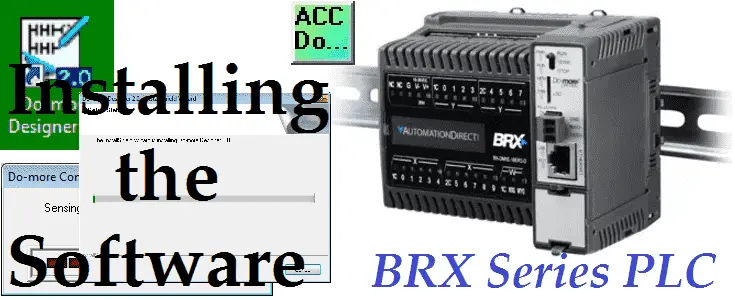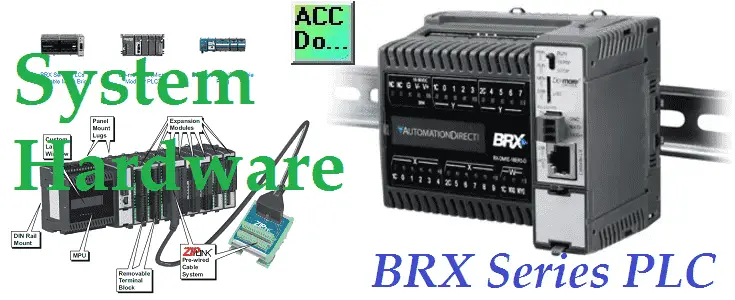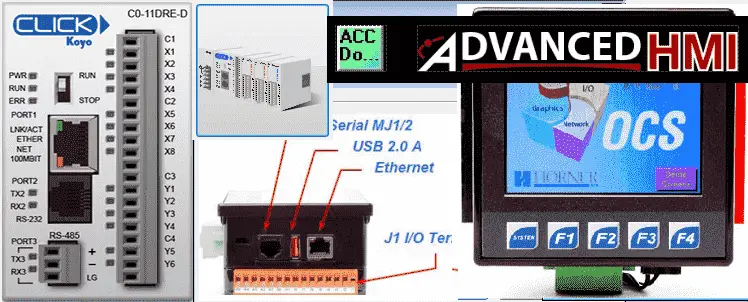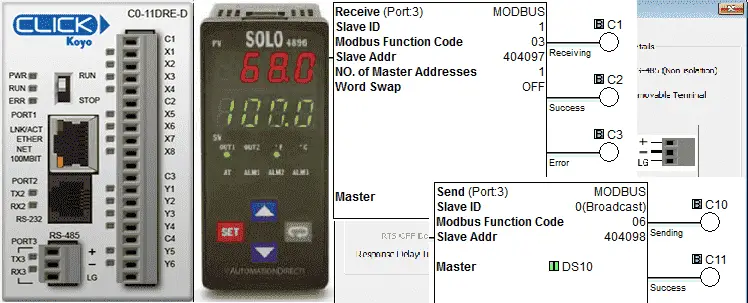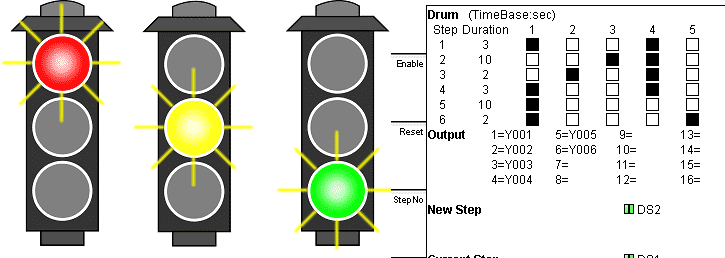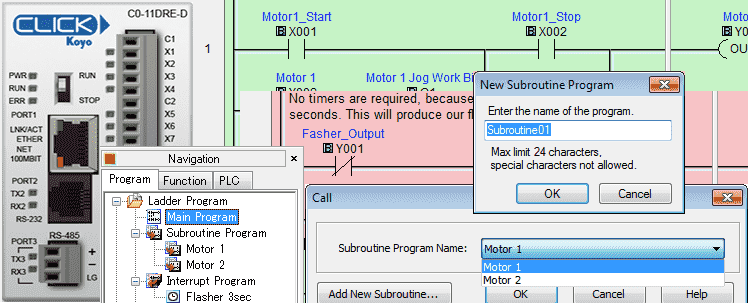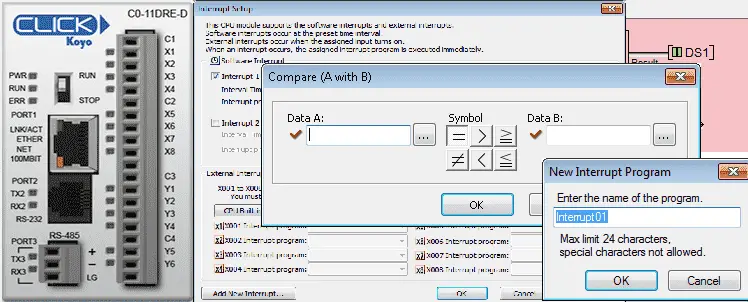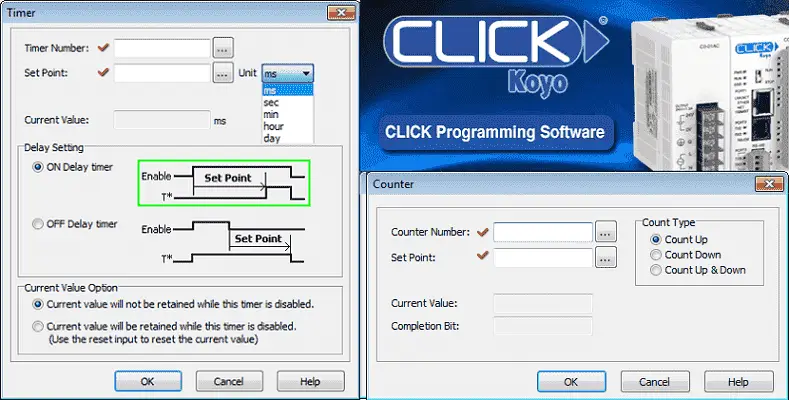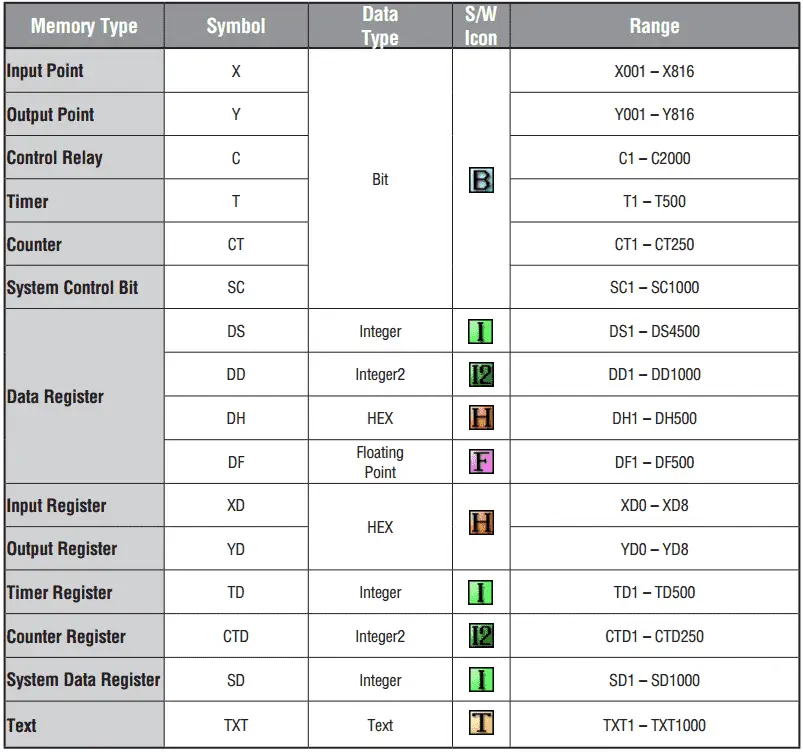BRX Do-More PLC Installing the Software
The BRX PLC uses the Do-More Designer software which can be downloaded free of charge and includes a simulator. The latest Do-More Designer software version is 2.0.3. This is the same software that we used in the Learn PLC Programming Fee Video Series. The Do-More Designer software can be used to program the whole series … Read more

